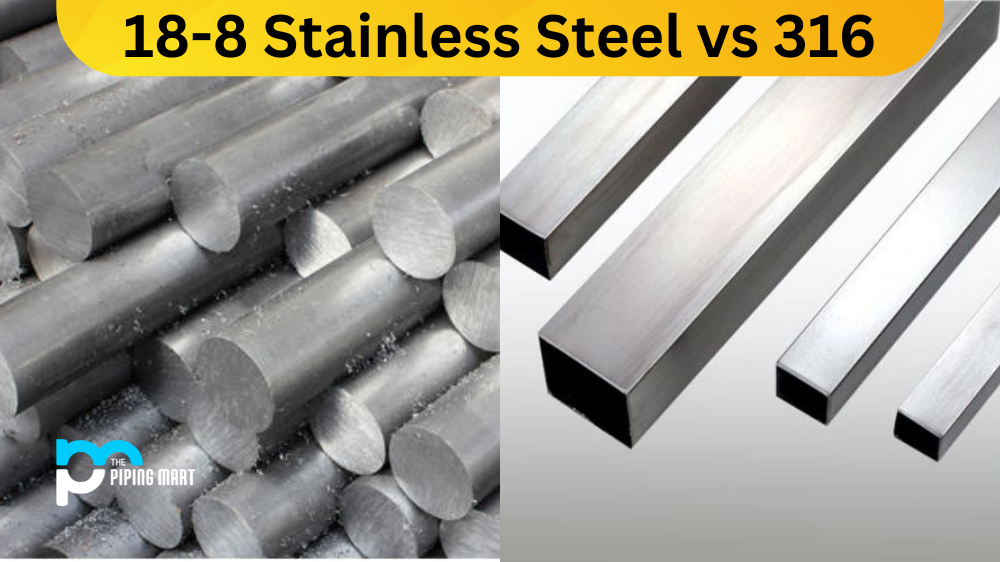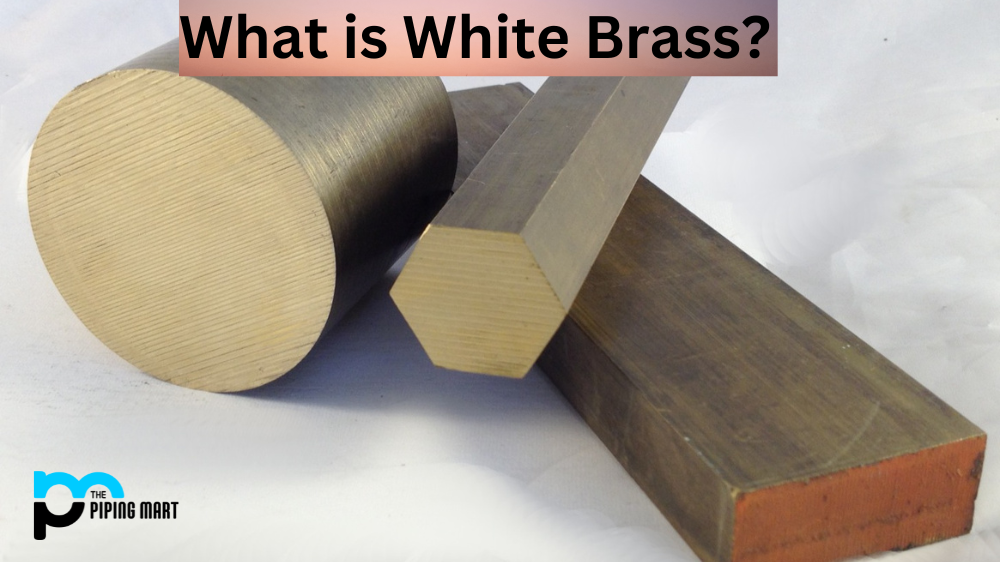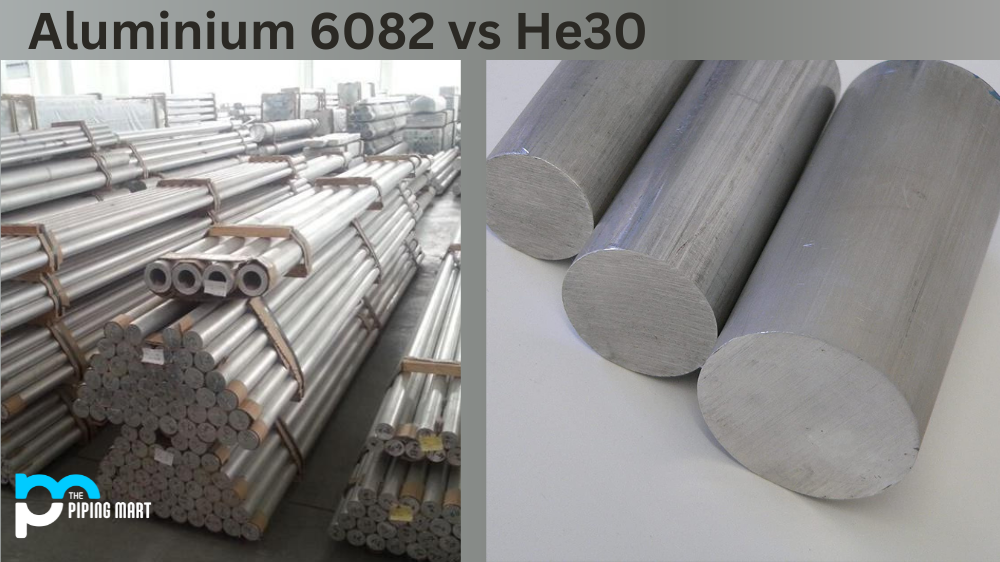Stainless steel is a popular material used in many applications due to its durability, easy maintenance, and corrosion resistance. However, not all stainless steel is created equal. Two popular types are 18-8 stainless steel and 316 stainless steel, but what sets them apart? This blog post will explore the differences between the two and which is best suited for various applications.
What is 18-8 Stainless Steel?
18-8 stainless steel is a type of austenitic stainless steel that contains 18% chromium and 8% nickel. This gives it excellent corrosion resistance and good strength and toughness. It is commonly used in kitchen appliances, cutlery, and hardware due to its attractive appearance and easy maintenance.
What is 316 Stainless Steel?
316 stainless steel is a type of austenitic stainless steel that contains 16-18% chromium, 10-14% nickel, and 2-3% molybdenum. This additional molybdenum gives it excellent resistance to corrosion from chemicals and chlorides, making it ideal for use in harsh environments such as marine and industrial applications.
Difference Between 18-8 Stainless Steel and 316
Cost
Regarding cost, 18-8 stainless steel is typically less expensive than 316 stainless steel. However, concerning performance, 316 stainless steel is generally considered superior due to its increased resistance to corrosion.
Magnetic Properties
While both types of stainless steel are non-magnetic, they differ in their magnetic permeability. 18-8 stainless steel is generally slightly magnetic, while 316 stainless steel is non-magnetic.
Welding
When it comes to welding, both types of stainless steel can be welded, but special precautions must be taken to avoid damaging the materials. 18-8 stainless steel is easier to weld than 316 stainless steel, which requires higher temperatures and more specialized welding techniques.
Composition
18-8 stainless steel is a 300 series austenitic chromium-nickel alloy containing 18% chromium and 8% nickel. This alloy has excellent forming and welding properties and good corrosion resistance. 316 stainless steel is an austenitic chromium-nickel alloy containing 2-3% molybdenum. This alloy has excellent corrosion resistance and good forming and welding properties.
Corrosion Resistance
18-8 stainless steel has good corrosion resistance but is not as resistant to corrosion as 316 stainless steel. In particular, 18-8 stainless steel is susceptible to pitting and crevice corrosion in chloride environments, while 316 stainless steel is not. Additionally, 18-8 stainless steel can be susceptible to stress corrosion cracking at high temperatures, while 316 stainless steel is not.
Forming and Welding Properties
18-8 stainless and 316 stainless steel have excellent forming and welding properties. However, 18-8 stainless steel is slightly easier to form and weld than 316 stainless steel. This is due to the higher percentage of chromium in 18-8 stainless steel.
Applications
18-8 stainless steel is commonly used in food processing, preparation, and medical applications. Some examples of applications that use 18-8 stainless steel include sinks, pots and pans, surgical instruments, and food processing equipment. 316 stainless steel is also commonly used in food processing, preparation, and medical applications. Some examples of applications that use 316 stainless steel include surgical instruments, food processing equipment, and pharmaceutical storage tanks.
Conclusion
In summary, 18-8 stainless steel and 316 stainless steel are excellent choices for different applications. 18-8 stainless steel is ideal for use in applications where aesthetics and ease of maintenance are important, such as kitchen appliances and cutlery. On the other hand, 316 stainless steel is best suited for use in harsh environments with exposure to chemicals and chlorides, such as marine or industrial applications. Ultimately, the choice between the two types of stainless steel comes down to your application’s specific needs and the required performance characteristics.

A passionate metal industry expert and blogger. With over 5 years of experience in the field, Palak brings a wealth of knowledge and insight to her writing. Whether discussing the latest trends in the metal industry or sharing tips, she is dedicated to helping others succeed in the metal industry.




